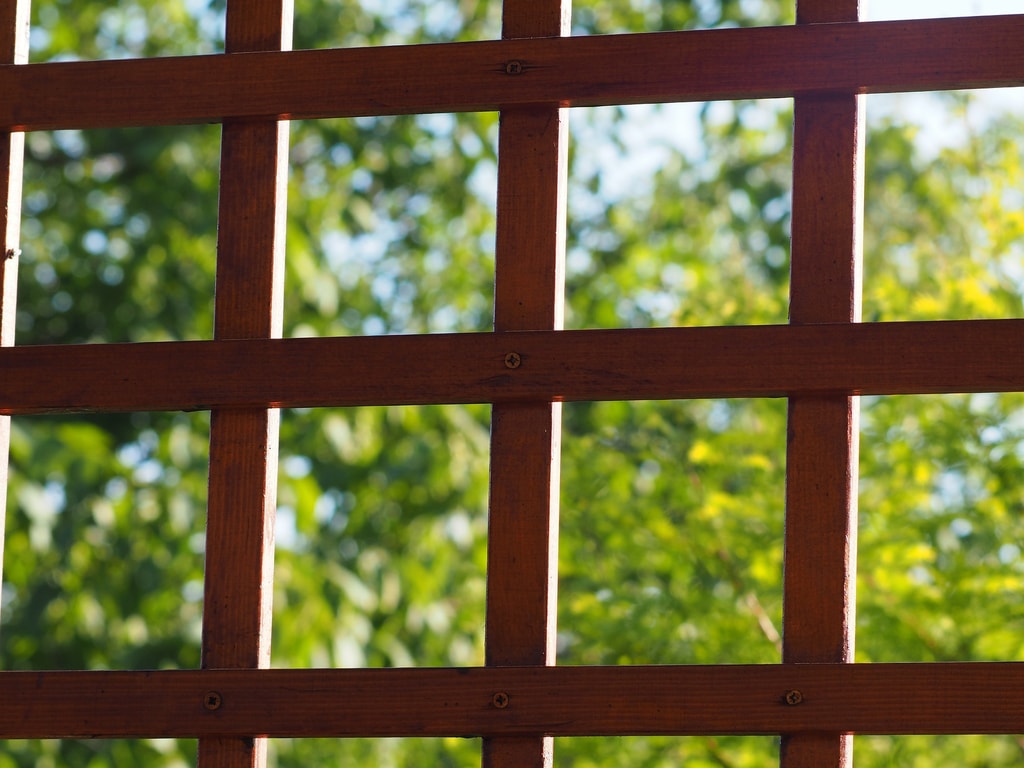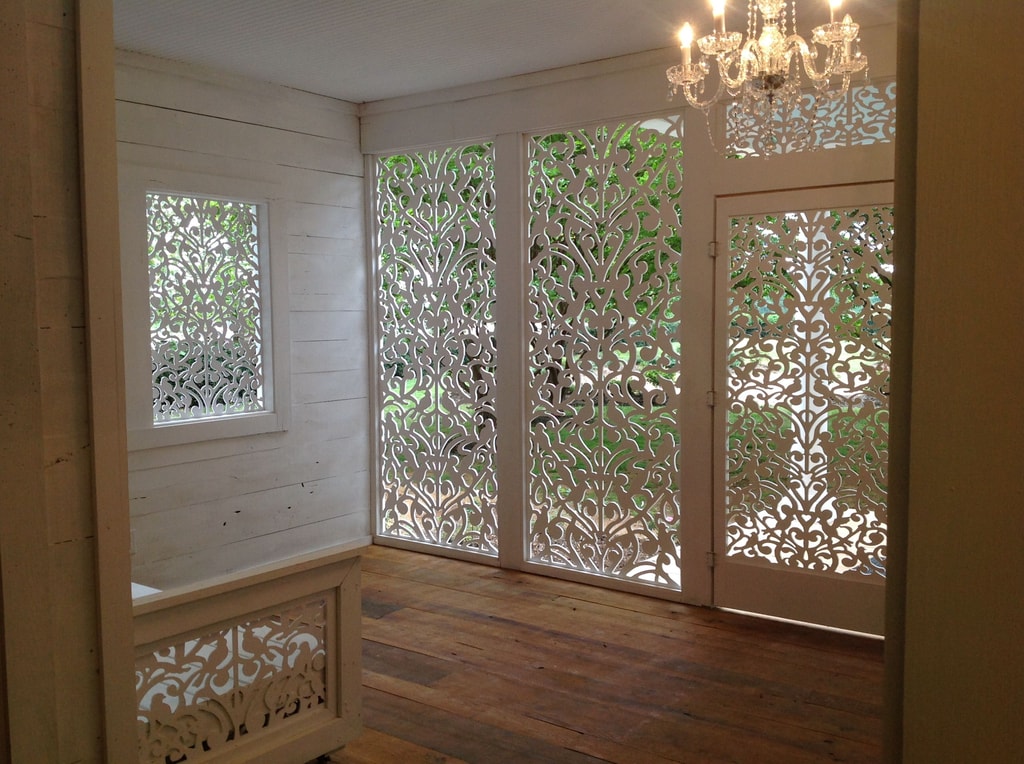Wood or Vinyl Lattice, Which is Right for You?
Lattice is a versatile material used in many home improvement projects. It can be used to add decorative elements to your home, as well as to provide privacy, security, and even protection from the elements. It is important to consider the pros and cons of different materials when selecting lattice for your project. In this blog article, we will take an in-depth look at wood vs vinyl lattice and explore the benefits and drawbacks of each.
Introduction to Wood vs Vinyl Lattice
Lattice is a type of panel consisting of a series of interlocking strips of wood or plastic. It is often used in home improvement projects to provide a decorative element, such as a fence or trellis, as well as to provide privacy and security. Wood and vinyl are two of the most popular materials used for lattice, and each has its own unique benefits and drawbacks.
Wood lattice is a classic choice that has been used for decades. It is often made from pressure-treated lumber, which is resistant to rot, decay, and insects. It is also available in a variety of styles, colors, and sizes, making it a popular choice for many home improvement projects. Vinyl lattice, on the other hand, is a synthetic material that is becoming increasingly popular due to its affordability and low maintenance requirements. It is also available in a variety of colors and styles, making it a great choice for many projects.
Benefits and Drawbacks of Wood Lattice
Wood lattice is a classic and timeless choice, and it has many benefits. Pressure-treated wood is resistant to rot, decay, and insects, making it a great choice for outdoor projects. Additionally, wood lattice is a natural material that blends in easily with its surroundings.
However, wood lattice also has some drawbacks. It doesn’t last as long as vinyl and requires more maintenance, as it must be treated regularly to prevent rot and decay. Additionally, wood lattice is not typically as strong as vinyl and cannot be easily custom designed.
Benefits and Drawbacks of Vinyl Lattice
Vinyl lattice is a synthetic material that has become increasingly popular in recent years. It costs a bit more than wood lattice per linear foot but requires virtually no maintenance. It is also available in black or white, and comes in a variety of styles and even custom designs, making it a great choice for projects that require a customized look. Additionally, vinyl lattice is also resistant to rot, decay, and insects, making it a great choice for outdoor projects and high-end decorations.
Vinyl lattice has some drawbacks compared to wood. It can cost more upfront and doesn’t come in a natural, actual “wood” color.
Cost Comparison of Wood and Vinyl Lattice
When selecting lattice for your home improvement project, it is important to consider the cost. Vinyl lattice can be a bit more expensive than wood lattice, depending on materials selected. The cost of wood lattice varies depending on the type of wood and the size of the project. Vinyl lattice comes in multiple thicknesses and designs, which can affect the price. Generally speaking, for short-term improvements wood may be a better option depending on your needs. However, for highly visible, long-term home improvement projects vinyl lattice is likely your best bet.
Maintenance Requirements for Wood vs Vinyl Lattice
Another factor to consider when selecting lattice for your project is the maintenance requirements. Wood lattice requires regular maintenance, such as staining and sealing, to prevent rot and decay. Additionally, it must be treated periodically to prevent warping and cracking in extreme temperatures. Vinyl lattice, on the other hand, requires very little maintenance and is resistant to rot, decay, sun fading, and insects.
Installation of Wood and Vinyl Lattice
Another factor to consider when selecting lattice for your project is the ease of installation. Wood lattice is generally easier to install than vinyl lattice, as it is lighter and more forgiving. Additionally, wood lattice can be easier to cut and modify to fit the desired space “on the fly.” Vinyl lattice, on the other hand, is heavier and more difficult to cut and modify, though like at Acurio comes in pre-cut pieces ready to go.
Design Possibilities with Wood and Vinyl Lattice
If you’re looking to create a privacy fence in a wooded environment or in a less visible structure, wood lattice might be a good option as it costs less though will require replacement well before vinyl would. Wood vinyl is typically used with only function and upfront cost in mind. On the other hand, vinyl lattice can be used to create beautiful design accents indoors and out, even at the Golden Globes!
Common Uses for Wood and Vinyl Lattice
Lattice is a versatile material that can be used in a variety of home improvement projects. Wood lattice is commonly used for fences, trellises, and arbors. It is also commonly used for privacy screens and windbreaks. Vinyl lattice is also commonly used for these sorts of projects, though tends to also be chosen for its aesthetic appeal and form, not just function.
Wood Vinyl vs. Vinyl Lattice: It Depends!
Lattice is an important material used in many home improvement projects. Wood and vinyl are two of the most popular materials used for lattice, and each has its own unique benefits and drawbacks. When selecting a lattice for your project, it is important to consider the cost, maintenance requirements, durability, installation process, design possibilities, and common uses of wood and vinyl lattice. With careful consideration of all these factors, you can make an informed decision that will best suit your project’s needs. If you’re “on the fence” so to speak, contact us and we’ll be happy to discuss which option might make the most sense for you.


